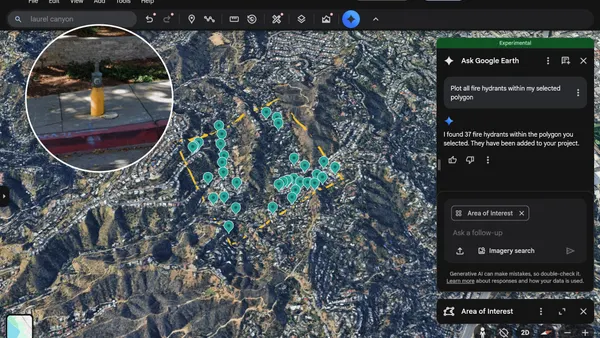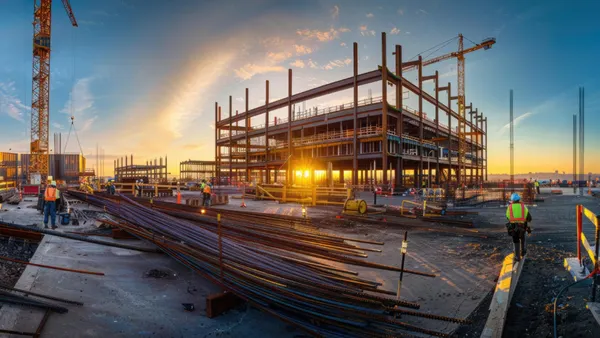Dive Brief:
- Researchers at the University of British Columbia have engineered what they call eco-friendly ductile cementitious composite (EDCC), a new concrete that is reinforced by polymer-based fibers and resistant to seismic activity, according to the institution.
- Similar to steel's molecular make-up, nearly 70% of the concrete's cement is replaced with fly ash, making it a sustainable alternative to a fully cement composition.
- During testing, interior walls were coated with a 10-millimeter-thick layer of EDCC before being subjected to simulated earthquake conditions as high as 9.1. Those walls, according to researchers, couldn't be broken.
Dive Insight:
Three earthquakes, measuring 6.1, 7.1 and 8.1 on the Richter scale, shook Mexico earlier this fall. Seven earthquakes hit Oklahoma in a 28-hour timespan in August. In fact, the USGS estimates the world has 500,000 detectable earthquakes per year, though only 100,000 of them can be felt and 100 of those result in actual damage.
Building strong enough to protect against natural disasters is an ongoing science. And though new buildings can be built with the benefit of the latest seismic advances, older buildings with lesser protections remain vulnerable. In 2015, Los Angeles implemented a comprehensive set of seismic retrofit regulations. Unstable wood apartments have until 2022 to upgrade and concrete building owners must retrofit within 25 years.
Although such retrofits can be expensive, the Seismic Retrofit Association estimates the resulting reduced earthquake insurance premiums will help building owners recoup costs within two to eight years. More still, safer buildings can give tenants peace of mind about their safety — and keeping tenants safe can prevent costly lawsuits.
Technology also can help identify what structures need attention. Oklahoma's Department of Technology recently announced its intent to use ShakeCast to evaluate bridges. A tool from the U.S. Geological Survey, ShakeCast looks at ground movement, earthquake magnitude and a bridge's condition to evaluate which structures are at the greatest risk of damage. California, too, has used ShakeCast while other states, such as Minnesota and Massachusetts, are studying vibration data in order to identify weak spots.










